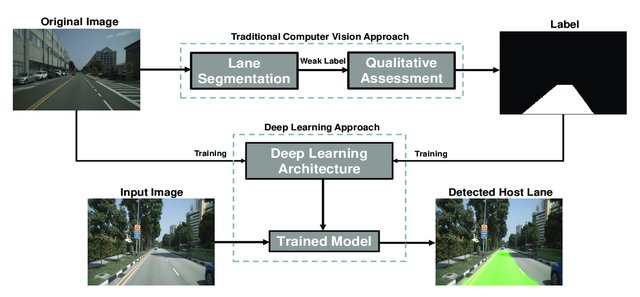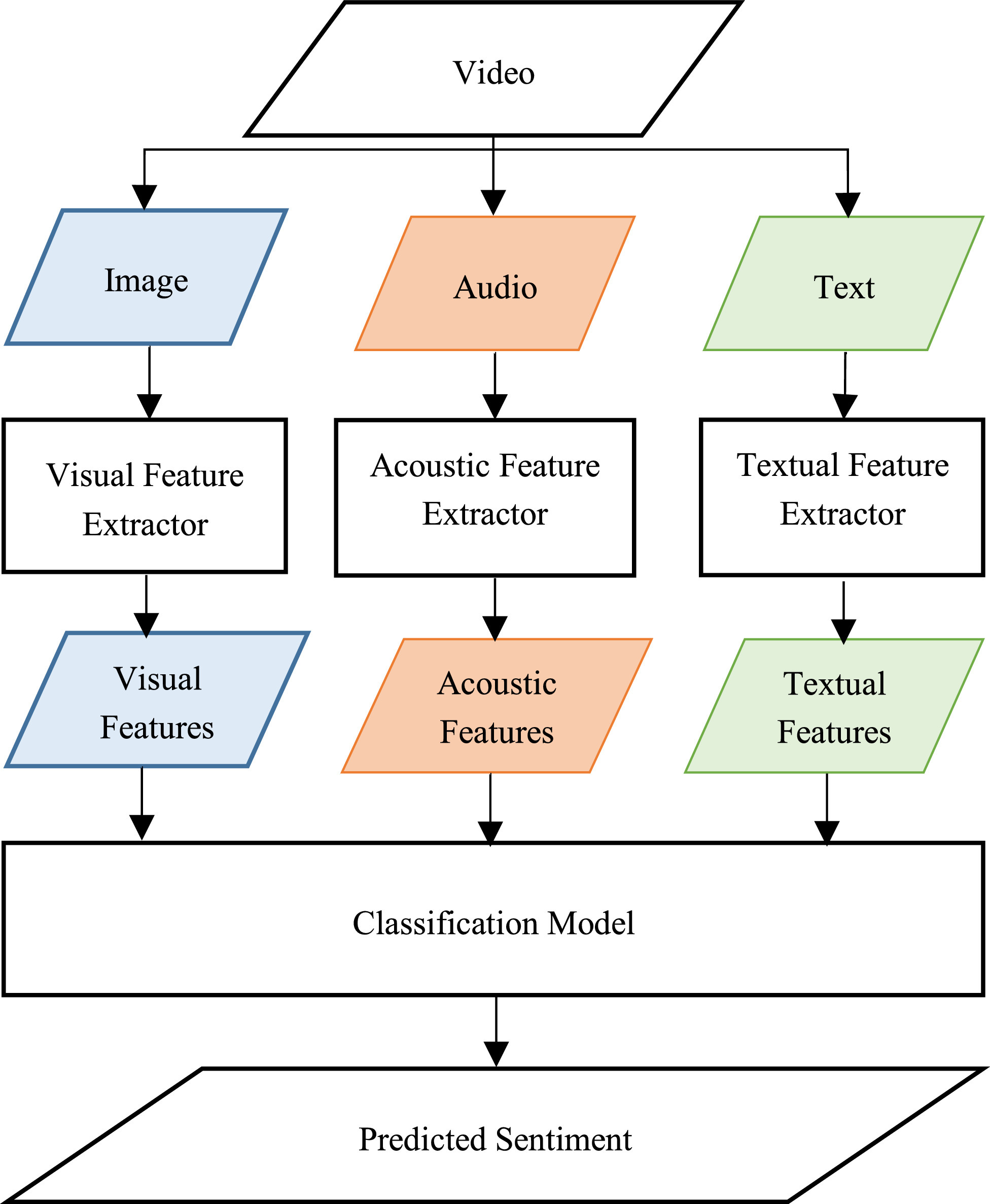
EEG spectral analysis for attention state assessment: Graphical versus classical classification techniques
Advances in Brain-computer Interface (BCI) technology have opened the door to assisting millions of people worldwide with disabilities. In this work, we focus on assessing brain attention state that could be used to selectively run an application on a hand-held device. We examine different classification techniques to assess brain attention state. Spectral analysis of the recorded EEG activity was performed to compute the Alpha band power for different subjects during attentive and non-attentive tasks. The estimated power values were used to train a number of classical classifiers to discriminate among the two attention states. Results demonstrate a classification accuracy of 70% using both individual- and multi-channel data. We then utilize a graphical approach to assess the causal influence among EEG electrodes for each of the two attention states. The inferred graphical representations for each state were used as signatures for state classification. A classification accuracy of 83% was obtained using the graphical approach outperforming the examined classical classifiers. © 2012 IEEE.



